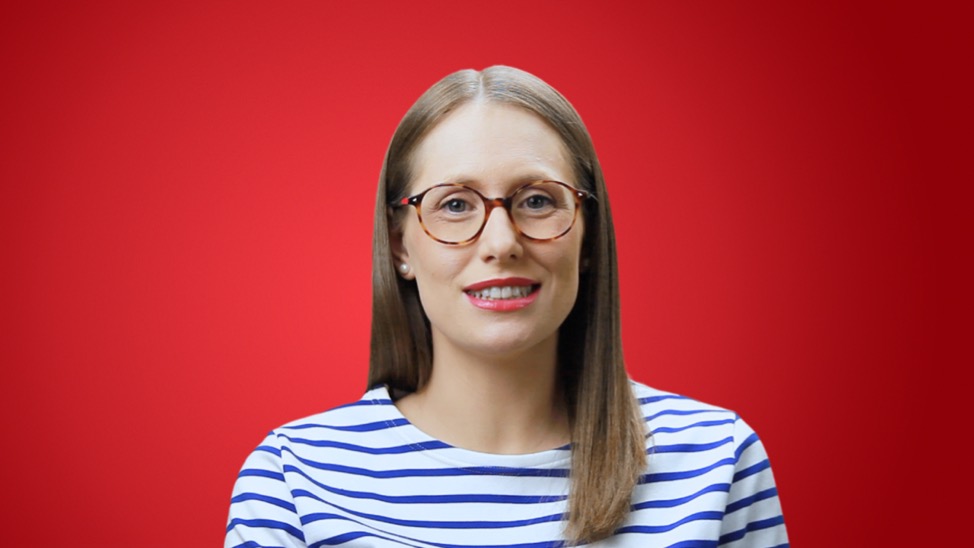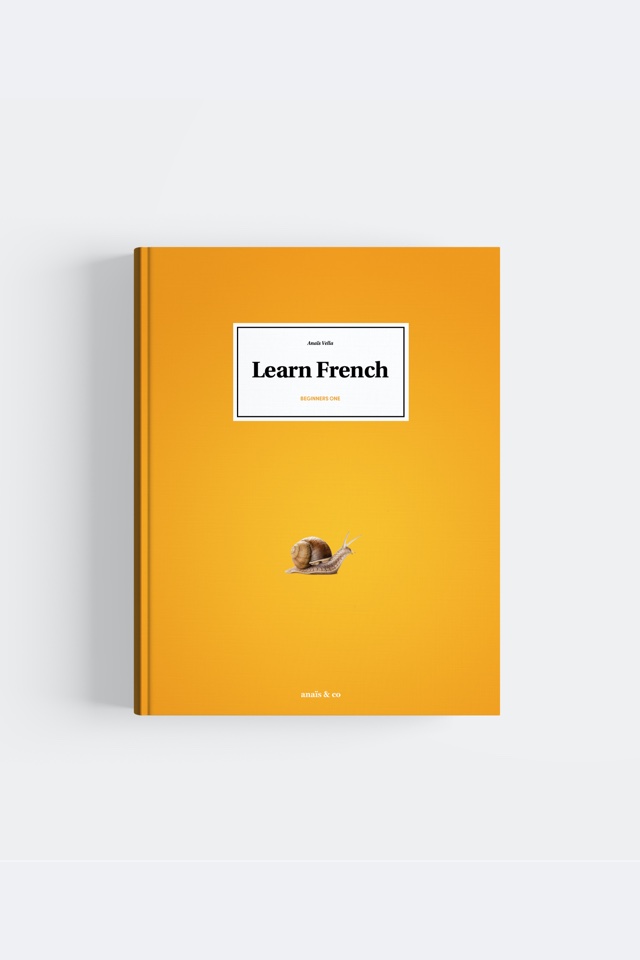

In this section, we are using “il fait,” which means “it does” followed by an adjective. There are more ways available to talk about the weather using this section. The adverb “très” can be used after “il fait” to translate “really.”
| French | English |
|---|---|
| Il fait beau | The weather is nice |
| Il fait bon | The weather is good/pleasant |
| Il fait chaud | The weather is hot |
| Il fait doux | The weather is mild |
| Il fait froid | The weather is cold |
| Il fait humide | The weather is humid |
| Il fait mauvais | The weather is bad |
| Il fait moche | The weather is miserable |
| Il fait nuageux | The weather is cloudy |
| Il fait soleil | The weather is sunny |
Some of these adjectives can also be used to describe other things. “Moche” means “ugly,” “bon” means “good” for tastes, smells and abilities, “mauvais” is the opposite of “bon”, and it means bad. “Beau” means “beautiful”, and “doux” means “sweet or soft.”
You can say two of the above sentences in a row. In this case, if the two adjectives describe a type of weather that is complementary, they are linked with “et” (and) and the second sentence doesn’t need “il fait.” However, if the two adjectives describe a type of weather that is not complementary, they are linked with “mais” (but) and here it is better to use “il fait” twice.
For example:
Il fait beau et chaud →
The weather is nice and hot.
Il fait soleil mais il fait froid →
The weather is sunny, but it is cold.
In this section, we are using verbs only. The verbs below can only be used to talk about the weather. More verbs can be found in the language to describe the weather.
Infinitive → Geler → To freeze
Present simple → Il gèle → It freezes
Present continuous → Il gèle → It's freezing
Infinitive → Grêler → To hail
Present simple → Il grêle → It hails
Present continuous → Il grêle → It’s hailing
Infinitive → Neiger → To snow
Present simple → Il neige → It snows
Present continuous → Il neige → It’s snowing
Infinitive → Pleuvoir → To rain
Present simple → Il pleut → It rains
Present continuous → Il pleut → It’s raining
The French word for “snow” is “la neige,” the one for “rain” is “la pluie.” The French word for “hail” is “la grêle” and the one for “freeze” is “le gel.”
In French, we prefer to use the present tense instead of the continuous present (verb with -ing in English). So, for example “il neige” means “it snows” but we will also use it to translate “it is snowing.”
All these verbs describe a wintery weather, if you want to use two in a row use “et.” As they are verb removing “il” after “et” is not possible.
For example:
Il neige et il gèle → It is snowing, and it is freezing.
In this section, we are using “il y a” which means “there is” or “there are” followed by an article and a noun. The article must be a partitive article. Partitive articles are “du”, “de la”, “de l’” and “des”. They mean “some” for uncountable nouns.
| French | English |
|---|---|
| Il y a de l’orage (masc.) | It is stormy/there is a storm |
| Il y a des éclairs (masc.) | There is lightning |
| Il y a du brouillard | It is foggy/there is fog |
| Il y a du tonnerre | There is thunder |
| Il y a du vent | It is windy/there is wind |
You can find the lesson on partitive articles in this book. When “des” is followed by a vowel or “h” use a “z” link.
You can say two of the above sentences in a row. In this case, if the two types of weather are complementary use “et” (and) to link them and do not use “il y a” for the second sentence.However, if the two types of weather are not complementary use “mais” (but) to link them and use “il y a” after “mais.” The articles stay.
For example:
Il y a du tonnerre et des éclairs →
There are thunder and lightning.
Il y a du vent mais il y a du brouillard →
There is wind but there is fog.
In the spoken language, in informal situations, “il y a” is usually pronounced “ya.”
You can use this section with “du soleil,” “de la pluie,” “des nuages” or “de la neige.” As “il y a” means “there is” or “there are.” Here you will not describe the weather, but simply what you see.
For example:
Il y a de la neige sur la montagne →
There is snow on the mountain.

More in the books
Werther you are learning by yourself, with Anais and Co or if you are a FLE teacher find this lesson and many more in a beautiful book.
Be notified when we upload a new video.